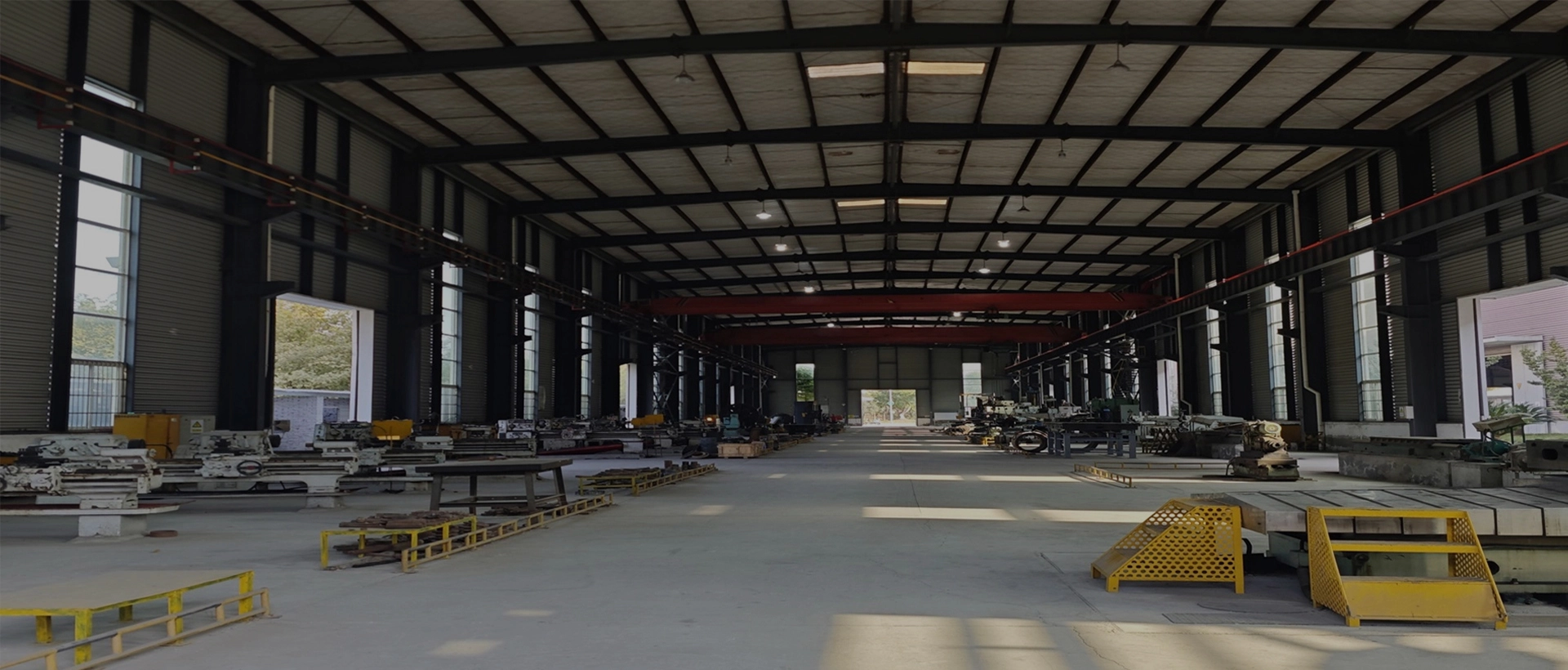The evolution of screening equipment from traditional to modern systems marks a significant advancement in material processing technology. Traditional screening equipment, often characterized by simple mechanical screens such as grizzlies or vibrating screens, relies heavily on manual adjustments and physical principles like gravity and mechanical agitation for operation. These systems have been the backbone of industries like mining, construction, and agriculture for decades, offering robustness and simplicity but often at the cost of efficiency, especially when dealing with fine or complex materials.
Modern screening equipment, on the other hand, incorporates advanced technologies, including high-frequency vibrations, automated control systems, and sophisticated software analytics. High-frequency screens, for instance, provide superior separation of fine particles through increased vibration frequencies, significantly improving material throughput and quality. Automation in modern systems allows for real-time adjustments to operational parameters, optimizing performance without the need for constant manual oversight. Additionally, the integration of software analytics enables predictive maintenance and operational insights, further enhancing efficiency and reducing downtime.
The comparative advantage of modern over traditional screening equipment lies in its ability to deliver higher precision, efficiency, and adaptability. Modern systems can process a wider range of materials more effectively, from wet, sticky fines to dry, coarse feeds, and do so with greater energy efficiency and operational control. This transition to modern screening solutions represents a shift towards more sustainable and cost-effective material processing, meeting the increasing demands of industries for higher quality products and environmental compliance.
